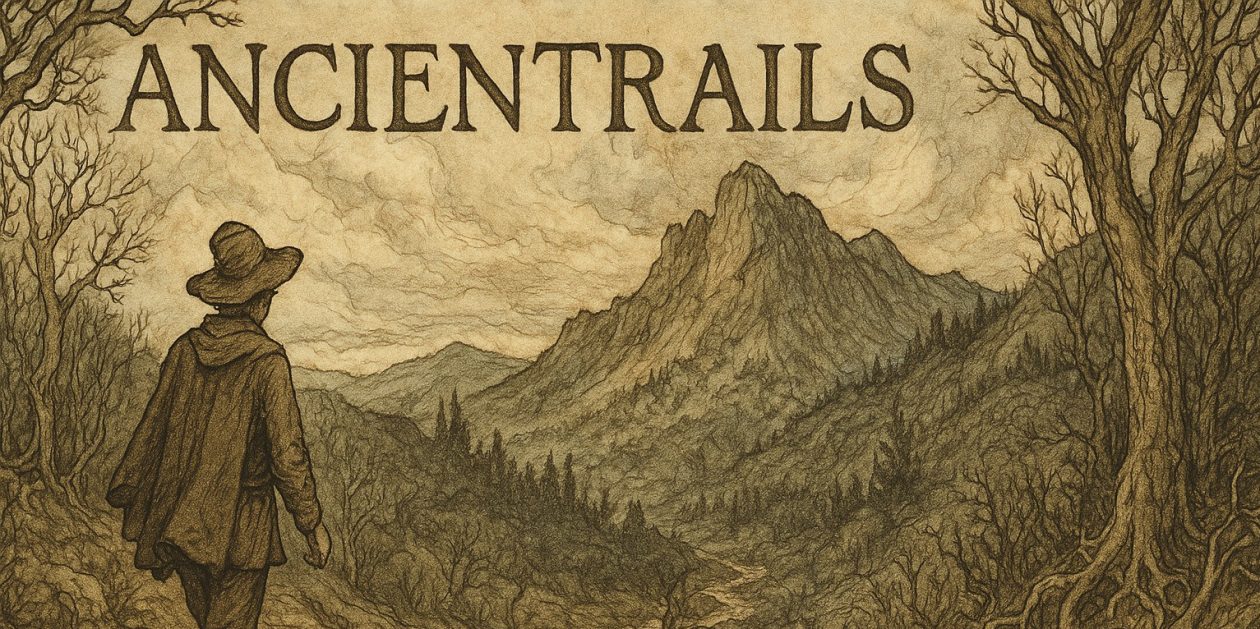Spring Beltane!! Waxing Moon of the Southern Cross
On the Veendam’s Lido deck overlooking the port of Callao and Lima spreading out to the north, east and west as far the mist allows my sight.
Last night the moon, more like a slice of mango now, hung with its horns up in honor of the bulls who fight each night now since it is the season of the toreador. The Plaza de Toros in Lima was the first in the new world and the third in the world according to Rosa, our well informed tour guide from yesterday.
Before I went to bed last night I went out on the deck outside our cabin and leaned on the rail watching the container ballet conducted under lights making the ships and dock area look like day time. Shipping never sleeps, with ships coming into port and leaving at all times of the day and night. This speaks well for international commerce and it is an activity largely hidden to those of us whose personal histories tie us to the heartland of North America.
Today Lima has a mist fallen over it, a condition that Rosa, our tour guide yesterday says is not only typical, it is the norm from November through May.
Tonight Kate and I attend a candle light dinner in a Spanish colonial hacienda in the old town area of Lima. I hope the mist remains because the guide book says Lima has a dreamlike quality, occasioned by the mist, that I would like to experience. We had the rare sunny day yesterday. Of course, it is spring.
When I woke this morning, I realized this will also be a year of two Beltanes for me. November 1st is the Southern Hemisphere May 1st, which means that Halloween should actually be celebrated on April 30th to synch up with its seasonal equivalent.
The connection is not the dates, of course, but the seasonal beginning of the growing season. Beltane marks its start and Samhain its end. I’m not sure about the growing season in the desert area of coastal Peru, since there is no rainy season here, but I do know that the Remak? River, the heart of this desert city, the talking river, is mute now, but will soon speak again as the rainy season hits the mountains and sends fresh water to this port city on the ocean.
Lima, unlike, say Las Vegas or Los Angeles, sits at the mouth of a huge fresh water river, so when it drinks from its flow it does not beggar cities below it, nor do they have to divert the water to collect it, but it is still a desert city, a desert city strangely dependent on water, fresh water from the Andes and salt water for its port.
Pacche Mama, fertilized by El Senor as replicated in the sexual ceramics of the Moche people, has its equivalent in the Lord and Lady of Beltane and the fervent love making in the fields that presses the heat of human intercourse into the earth for good crops and receives heat back from Pacche Mama for the continuation of the species.
At bottom, the indigenous bottom of humanity’s collective well of meaning, lies this necessary and embarrassingly (to moderns, urbanites) intimate relationship with the soil and the plants on which we depend.
Gold, the sweat of the sun, and silver, the tears of the moon, made object after object in these pre-contact cultures here in Peru that reminded their wearers and those who saw them of the web of connectedness that reached out from Pacche Mama to the heavens above, a web that included us humans, but made no special claim for us.
We need Pacche Mama, the Sun and the Moon and in turn we remembered them with jewelry, sacrifice and ritual.
Seems possible to me that the earth would be healthier right now if we could get back to the simple, yet profound beliefs.
